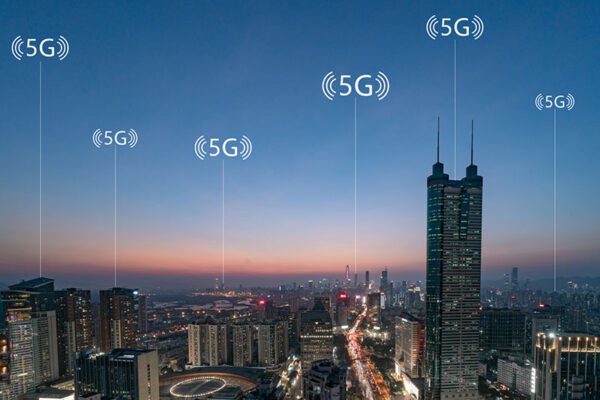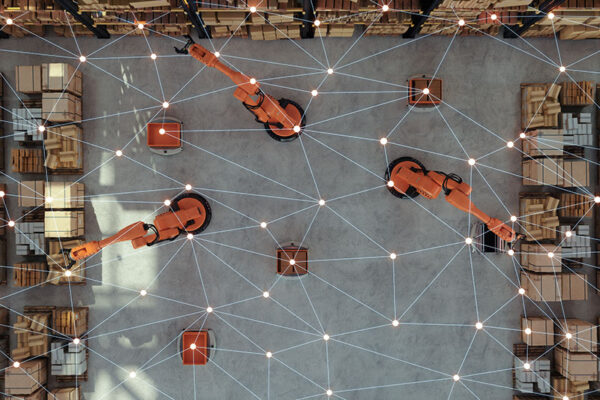5G RedCap: The Quiet Power behind IoT and IIoT Expansion
October 2, 2025
Estimated reading time: 4 minutes

When people think of 5G, they often envision groundbreaking technologies. These include applications like autonomous cars or remote surgeries.
While these innovations may dominate 5G headlines, another story lies within 5G Reduced Capability (5G RedCap).
RedCap focuses on connectivity that is:
This technology is essential for the future of connected devices. It provides a path for billions of devices that do not need full 5G performance but still benefit from next-generation networks.
This shift to 5G RedCap will impact the development of the Internet of Things (IoT) and the industrial Internet of Things (IIoT) over the next decade.
3GPP Release 17 introduced RedCap as a new category within the 5G standard. It’s designed for devices that do not require extreme bandwidth or ultralow latency. RedCap bridges the gap between:
RedCap-enabled devices serve practical, everyday applications for which:

Some examples include:
RedCap enables migration to 5G without the complexity or cost of full-scale deployments.
RedCap simplifies the 5G feature set. It removes costly capabilities and retains what is necessary for IoT and IIoT:
These choices deliver:
5G promises to connect billions of devices worldwide. Yet many IoT and IIoT applications do not need gigabit speeds or high complexity. Forcing these devices to adopt full 5G would unnecessarily raise costs and energy usage.
RedCap solves this by optimizing 5G for lightweight IoT and IIoT needs.
Its impact includes:
RedCap is not a temporary solution. It’s a long-term enabler for scalable, efficient IoT and IIoT deployments.
RedCap has practical applications across a wide range of industries.

Within these contexts, RedCap reduces operational costs and power consumption. It enables widespread IoT and IIoT adoption without requiring full-scale 5G eMBB capabilities.

The story does not stop with RedCap. 3GPP Release 18 introduces enhanced reduced capability (eRedCap). It streamlines the feature set even further to support ultralow-cost, ultralow-power devices. Peak speeds drop to around 10 Mbps, sufficient for many small data payloads.
eRedCap is expected to power:
This next step expands the IoT and IIoT ecosystems. It brings 5G-level reliability to devices that previously relied on basic LTE or unlicensed radio solutions.

RedCap is not a watered-down version of 5G. It is a strategic tool designed to bring the benefits of 5G to a much broader range of devices. It prioritizes efficiency and cost reduction over raw speed.
This quiet revolution will reshape IoT deployment models across industries. It shows that high speed is not always the goal. Sometimes the real value comes from balanced, scalable connectivity solutions that fit the device’s needs without excess complexity.
RedCap and eRedCap pave the way for massive, sustainable adoption of IoT and IIoT. Together, they help 5G networks fulfill their promise to connect everything and everyone in a smarter, more practical way.
To further accelerate this transition to next-generation networks, Telit Cinterion offers a comprehensive portfolio of certified 5G RedCap products. These solutions are designed to help enterprises seamlessly bridge the gap between legacy connectivity and the advanced capabilities of modern 5G infrastructure.
Telit Cinterion provides robust, future-proof modules that comply with the latest standards. Businesses can confidently embrace scalable and cost-effective connectivity for their evolving IoT deployments.
Speak with our experts to discover what our certified 5G RedCap modules can do for your use cases.